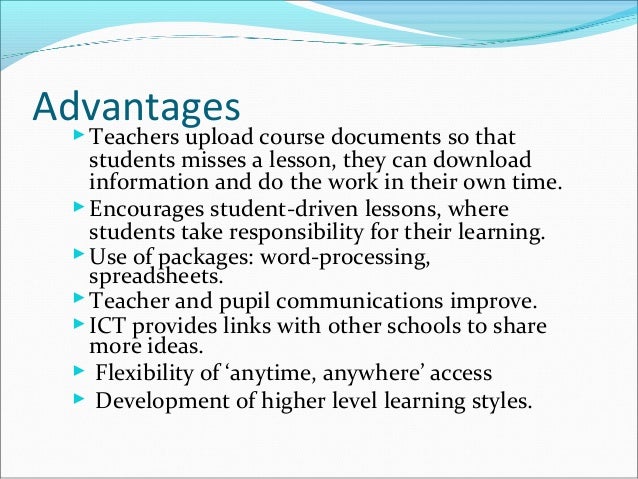

- Orientation session definition full#
- Orientation session definition professional#
The best way to prevent injuries is to educate your workers about safety procedures and the safe operation of equipment in production areas. Accidents occur in all areas of your operation.
Orientation session definition full#
Effective orientation programs aim to create a positive first impression, ensure new employees feel welcomed and supported, and set the stage for their success and integration into the organization.īy providing comprehensive orientation, organizations can help new employees become acclimated quickly, reduce the time needed to reach full productivity, and foster a sense of belonging and engagement within the company.It is very important to have an orientation and training program for your workers. Orientation programs can vary in duration and format, ranging from a single-day session to several weeks, depending on the organization's size and complexity. This may involve discussions or activities that promote teamwork, collaboration, diversity, inclusion, and other aspects that shape the organizational culture. Company Culture and Values: Orientation often focuses on introducing new employees to the company culture, values, and norms.They are provided with information about support resources, such as HR personnel, IT support, or administrative staff, who can assist them with various needs and inquiries. Introduction to Colleagues and Resources: New employees are introduced to their colleagues, team members, supervisors, and key personnel within the organization.

It helps employees understand how the organization supports their ongoing learning and development.
Orientation session definition professional#
This may include on-the-job training, workshops, mentoring programs, e-learning platforms, or other resources to enhance skills and promote professional growth.
Training and Development: Orientation may involve providing information on training and development opportunities available to employees. It may also cover security measures, such as access control systems, data protection guidelines, and confidentiality requirements to ensure the employee understands their role in maintaining a secure work environment. Safety and Security:Employee orientation often includes information regarding workplace safety practices, emergency procedures, fire evacuation routes, and any other relevant safety protocols. Information about salary, pay periods, and any applicable performance review or bonus structure may also be covered. Benefits and Compensation: During orientation, employees are typically introduced to the organization's employee benefits package, such as health insurance, retirement plans, vacation and sick leave policies, and other perks or incentives. Understanding these policies helps employees comply with expectations and maintain a productive work environment. This may include topics such as attendance, dress code, work hours, breaks, use of company resources, confidentiality, and ethical guidelines. Workplace Policies and Procedures: Employees are informed about the organization's policies, procedures, and rules that govern their behavior and conduct in the workplace. Clarifying job expectations helps the employee understand their responsibilities and sets a foundation for performance. This may involve discussing the employee's role within the team or department, their position's objectives, and how it aligns with broader organizational goals. Job Specifics: The orientation program includes providing detailed information about the employee's specific job responsibilities, duties, and performance expectations. It may also involve presentations by senior leaders or executives to familiarize the employee with the company's vision and strategic direction. 
This includes providing an overview of the company's mission, values, organizational structure, history, and goals.
Introduction to the Organization: The orientation process begins with introducing the new employee to the organization as a whole. Here are the key aspects typically involved in an employee orientation: It is typically conducted during the initial stages of an employee's tenure with an organization and is designed to help them become acclimated, informed, and integrated into their new work environment. Orientation, in the context of employment, refers to the process by which a new employee is introduced to their job, work environment, company culture, policies, procedures, and other relevant information necessary to navigate their role successfully.







 0 kommentar(er)
0 kommentar(er)
